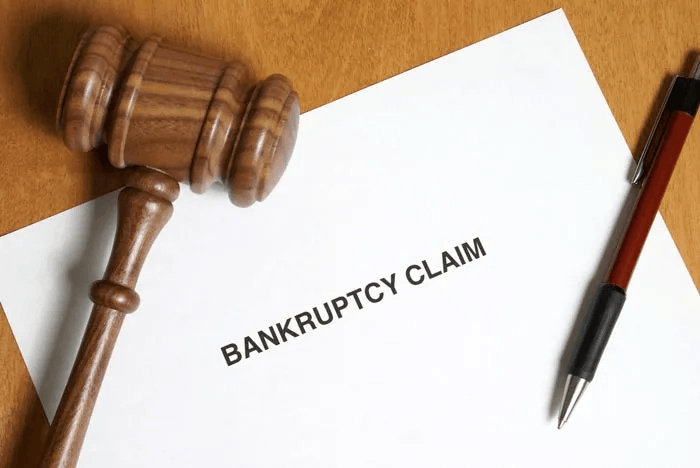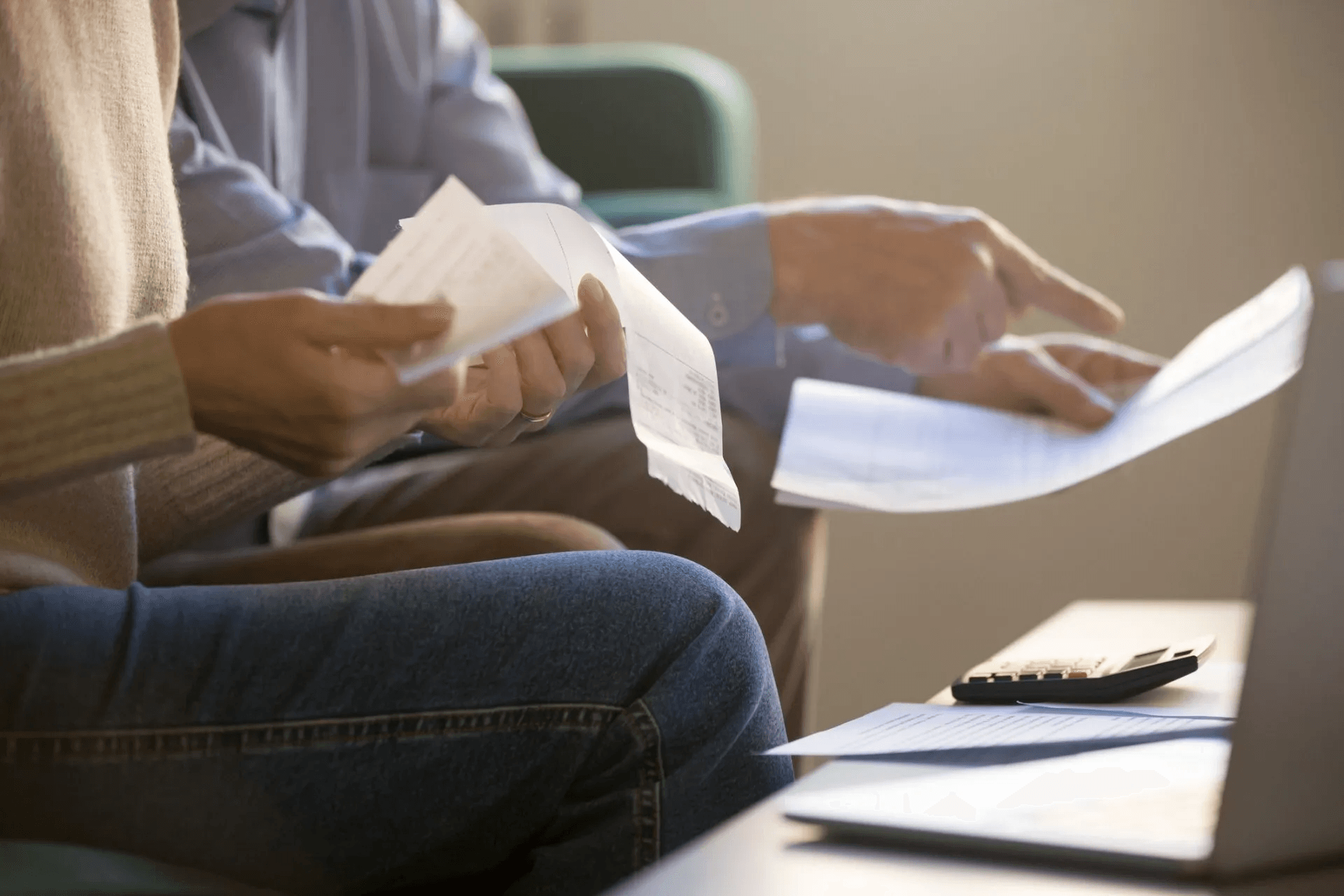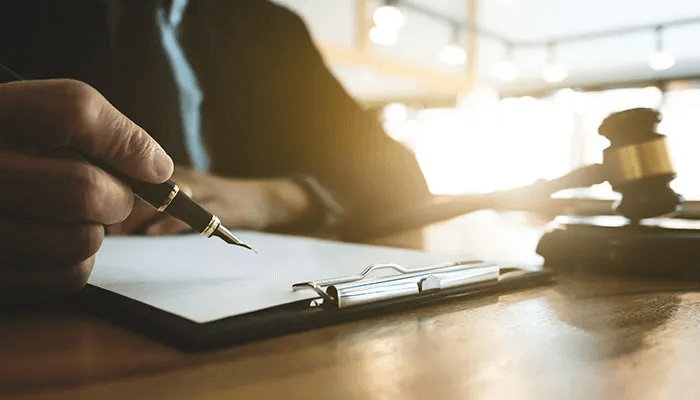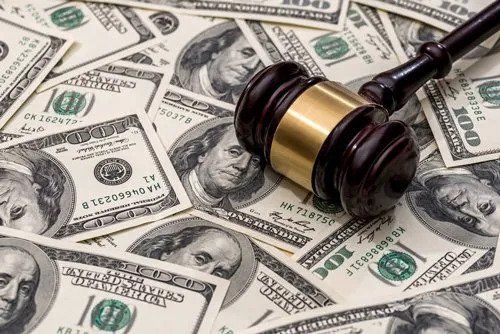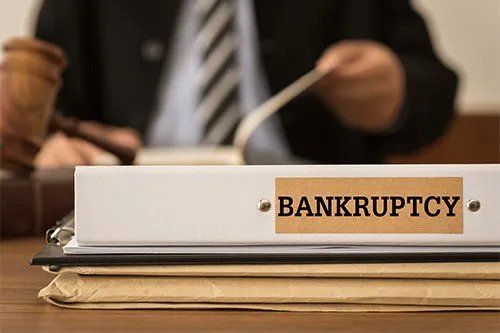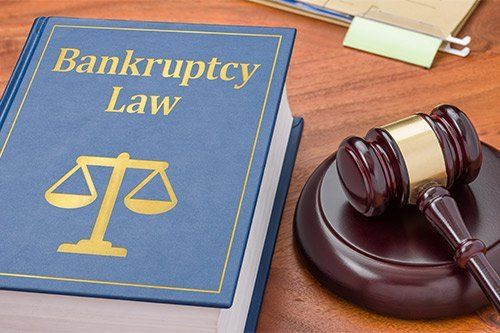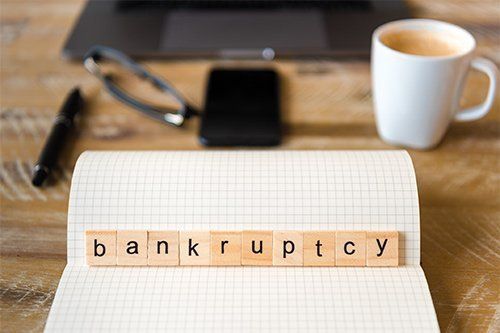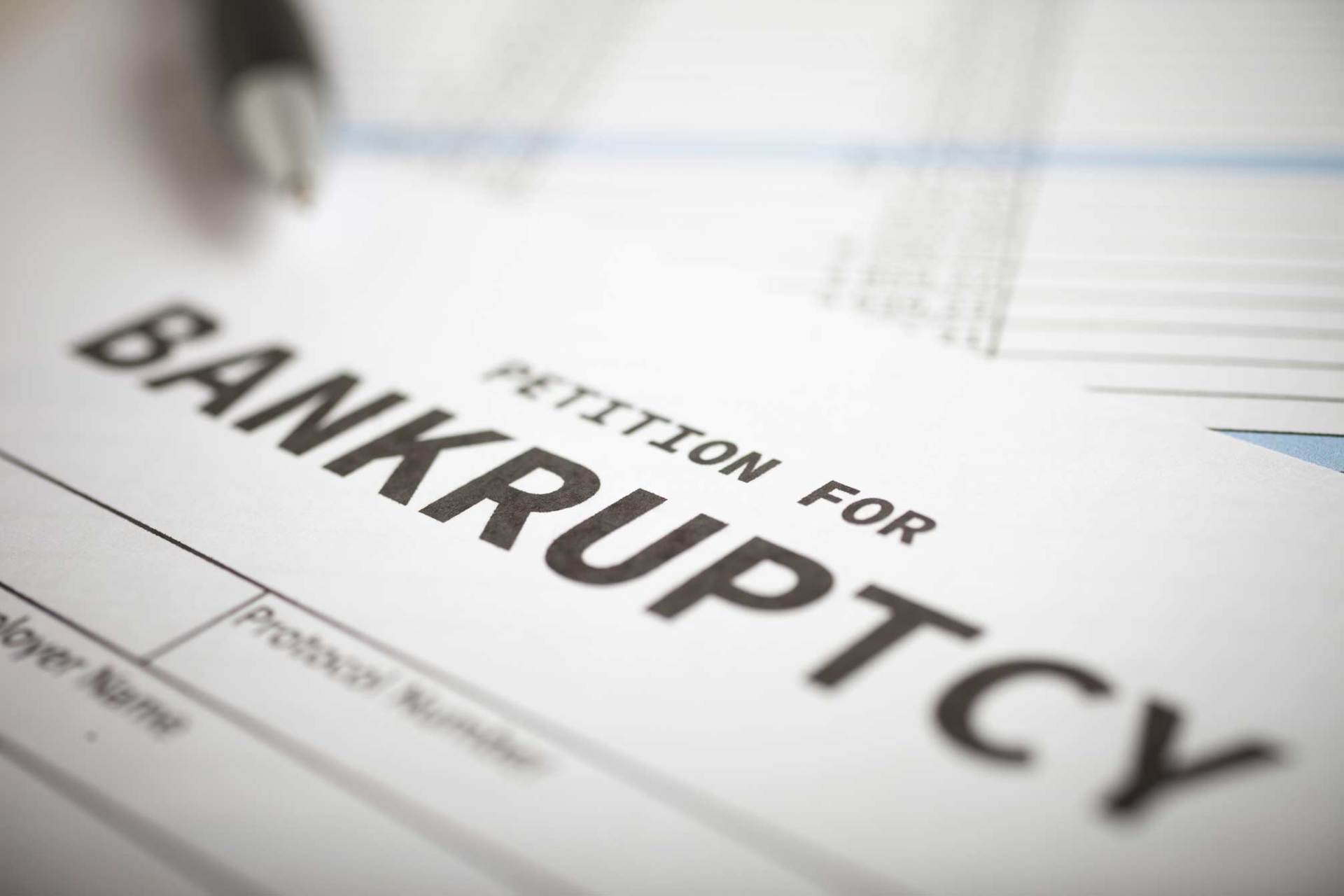Give Yourself Some Credit: Improve Your Credit After Chapter 7 Bankruptcy
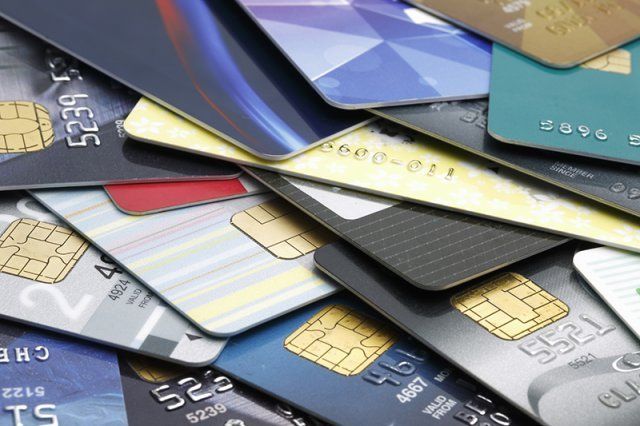
Whether you have lost employment, become ill or accumulated a large amount of debt that you cannot pay off, filing Chapter 7 bankruptcy may be an option for you. Not only does Chapter 7 help wipe out existing debt that you are no longer able to pay, but it also teaches you how to budget, reducing the risk of losing control of your finances again in the future.
Since millions of people file for bankruptcy each year in the United States, you should never feel alone or ashamed. However, a bankruptcy filing will negatively affect your credit for up to 10 years. Thankfully, you can begin restoring your credit and financial health immediately after filing. With this guide and the help of your legal professionals
, you will learn how to rebuild your credit after filing Chapter 7.
Set a Budget
When filing Chapter 7, you liquidate your debts, meaning you wipe out all unsecured debt and medical bills. You will no longer be required to pay this debt, which may include credit cards and medical bills, but you will lose access to any credit that was available to you.
This can be a good thing, since you will need to design and follow a budget that allows you to pay your basic expenses each month.
Your attorney will advise you to work with a financial advisor that can design a budget suited to your real needs. In this budget, you will need to set aside funds for paying basic expenses, such as your rent or mortgage, utilities, auto loans and insurance premiums.
Learning the differences between wants and needs is an imperative part of sticking to your budget. Living expenses, such as your rent or mortgage and utilities, groceries and gas for your vehicle are all "needs." However, concert tickets, luxury handbags and expensive vacations should be considered "wants."
Be sure to follow your budget strictly, ensuring you are able to pay essentials without risking future financial issues that may damage your credit further.
Get a Secured Credit Card
Thinking about a credit card after losing control of your finances and filing bankruptcy can be frightening, but applying for a secured credit card is a great step in restoring your credit.
Contact the bank where you have your checking and savings account to ask if they have a secured credit card available. Approval odds are higher when applying for a secured credit card at a bank that you already use, since you will have a relationship with this financial institution.
Once approved for a secured credit card, you will need to place a cash deposit down on the account. This deposit will serve as your credit limit. For example, a $300 deposit will be required to have a secured credit card with $300 in available credit.
Each month, make a small purchase using your secured credit and pay off the balance as soon as possible. Make sure to only make a small purchase that will accommodate interest fees without exceeding the credit limit.
Unfortunately, there are some negatives to having this type of credit card. Depending on your bank, you may need to pay an annual fee. You will also need to take this fee into consideration to ensure you do not overspend and go over your credit limit.
In addition to annual fees, most secured credit cards have high interest rates. These higher rates will not only cause monthly payments to be higher than usual, but they will also make paying off your total balance a little more difficult.
Again, to avoid overspending on your secured credit card, make one small purchase and pay it off each month to begin rebuilding your credit.
Filing chapter 7 bankruptcy is not the end of the world. To learn more about the benefits of bankruptcy and advice on how to restore your credit, contact McMaster Law Firm, LLC today.


